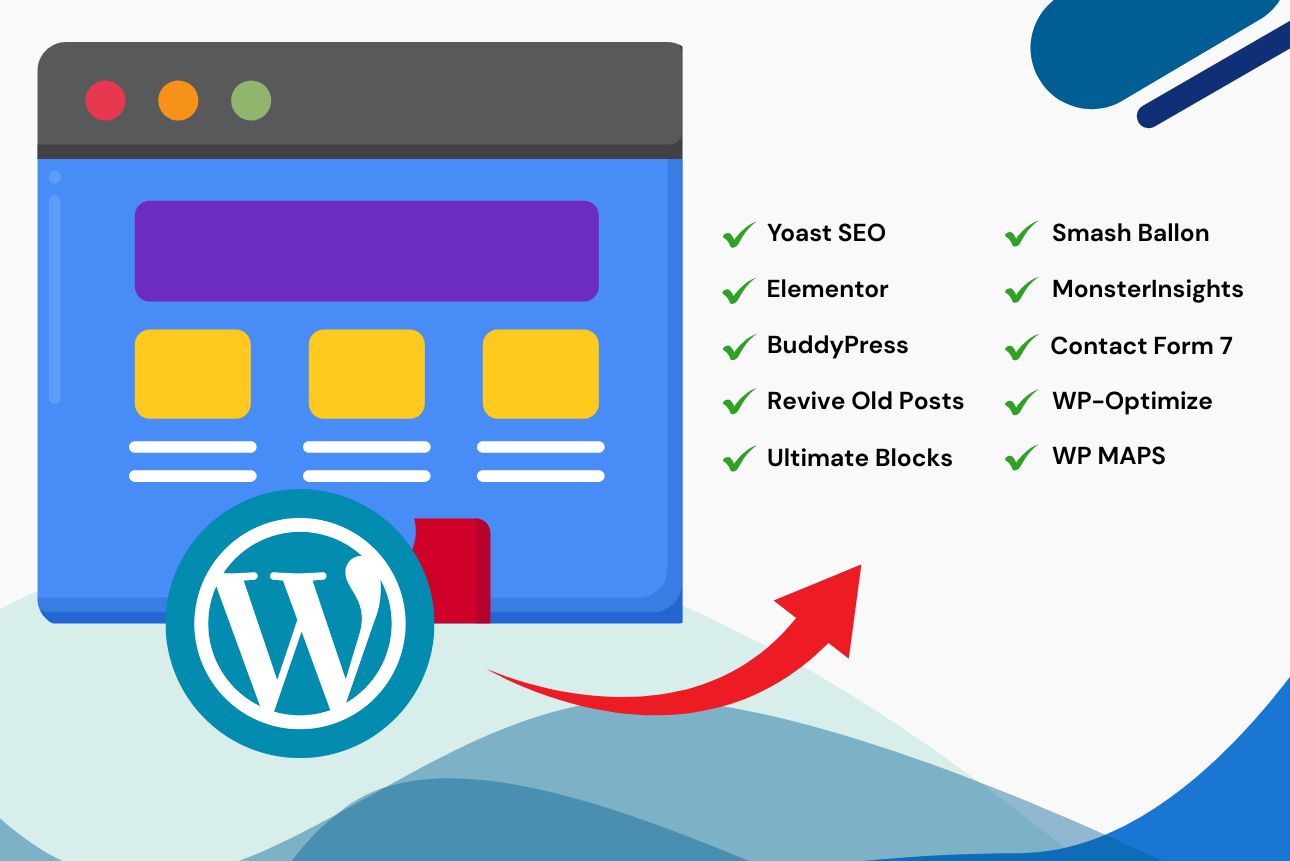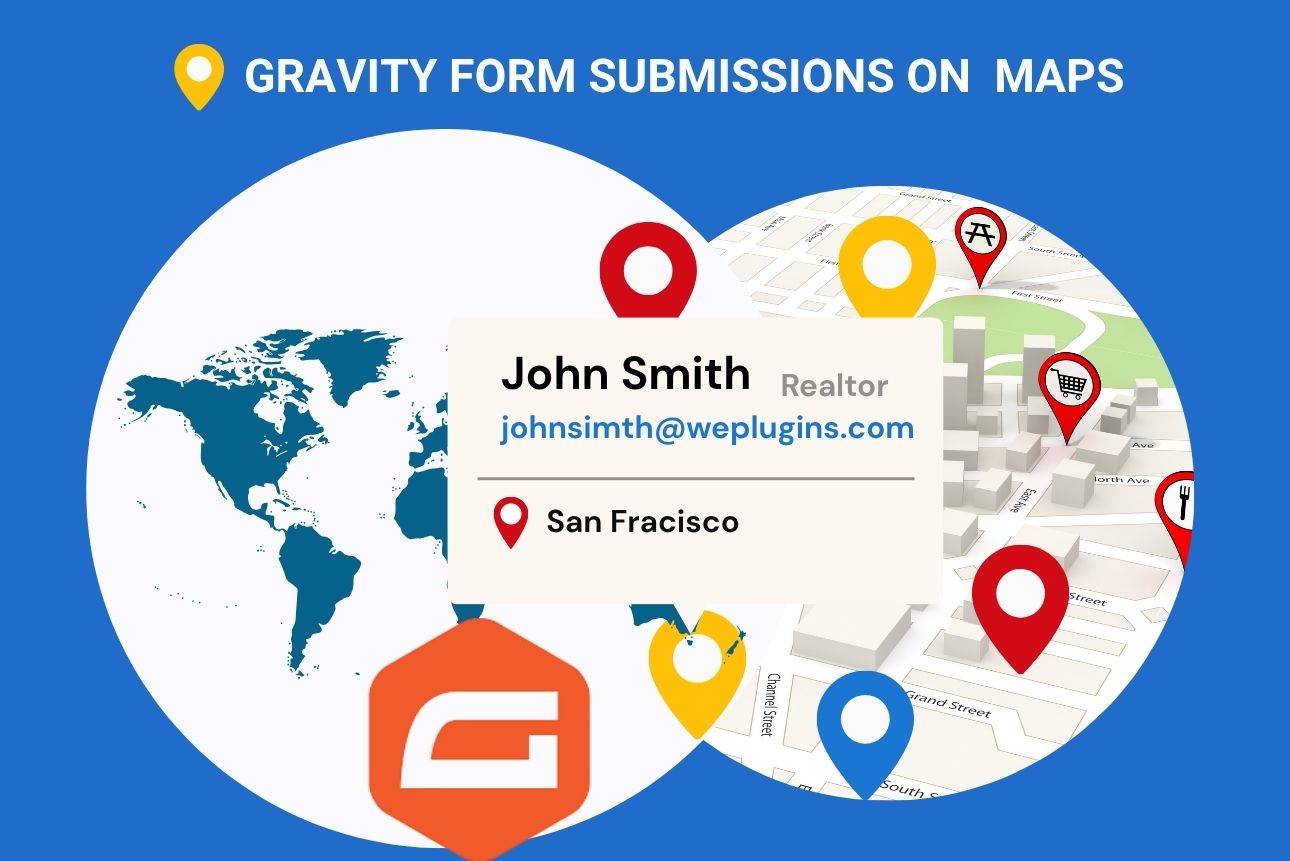This website uses cookies so that we can provide you with the best user experience possible. Cookie information is stored in your browser and performs functions such as recognising you when you return to our website and helping our team to understand which sections of the website you find most interesting and useful.
Using the customize_render_partials_response filter, plugins can inject $scripts and $styles, which are dependencies for the partials being rendered. The response data becomes available to the client via the render-partials-response JS event, allowing the client to inject scripts and styles into the DOM if they haven’t already been enqueued.
To use the customize_render_partials_response filter, you first need to register it using add_filter. This can be done in the functions.php file of your activated theme or in a custom WordPress plugin. At WePlugins, we recommend creating a custom WordPress plugin when using hooks to avoid breaking changes when you update your WordPress theme in the future.
In the example below, a function named weplugins_modify_customize_render_partials_response_defaults is defined, which takes three parameters. We register this function using add_filter. The first parameter, customize_render_partials_response, is the name of the hook. The second parameter, weplugins_modify_customize_render_partials_response_defaults, is the name of the function to be called. The third parameter is the priority of the hook call if the same hook is used multiple times, and the last parameter is the number of arguments (if any) to be passed to the registered function.
Sometimes, you need to remove a registered hook, and you can use remove_filter to remove the customize_render_partials_response filter.
Parameters
- $response: (array) Response.
- ‘contents’: (array) Associative array mapping a partial ID to its corresponding array of contents for the containers requested.
- ‘errors’: (array) List of errors triggered during rendering of partials, if WP_DEBUG_DISPLAY is enabled.
- $refresh: (WP_Customize_Selective_Refresh) Selective refresh component.
- $partials: (array) Placements’ context data for the partials rendered in the request. The array is keyed by partial ID, with each item being an array of the placements’ context data.
Below are the three parameters required to use this hook:
Live Example 1: Basic Hook Usage
Below is an example of how you can use this hook:
function weplugins_modify_customize_render_partials_response_defaults($response, $refresh, $partials) {
// Update the $response variable according to your website requirements and return this variable. You can modify the $response variable conditionally too if you want.
return $response;
}
// add the filter
add_filter( "customize_render_partials_response", "weplugins_modify_customize_render_partials_response_defaults", 10, 3 );
Live Example 2: Removing the Hook
To remove a hook callback, use the example below:
remove_filter( "customize_render_partials_response", "weplugins_modify_customize_render_partials_response_defaults", 10, 3 );
Please make sure to provide the same callback function name, priority, and number of arguments when removing the hook callback.
Live Example 3: Conditional Response Modification
Sometimes, you might want to modify the response conditionally:
function weplugins_modify_customize_render_partials_response_conditional($response, $refresh, $partials) {
if ( isset( $partials['some_partial_id'] ) ) {
// Modify $response based on some condition
$response['custom_data'] = 'New Data';
}
return $response;
}
// add the filter
add_filter( "customize_render_partials_response", "weplugins_modify_customize_render_partials_response_conditional", 10, 3 );
Contact Us
If you’re having any trouble using this hook, feel free to contact us and we’d be happy to assist you.
Explore the latest in WordPress
Trying to stay on top of it all? Get the best tools, resources and inspiration sent to your inbox every Wednesday.




